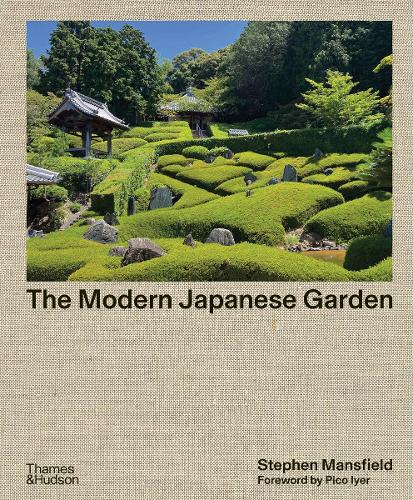A new photo book explores the symbolic beauty of the Japanese garden
‘Modern Japanese Gardens’ from Thames & Hudson traces the 20th-century evolution of these serene spaces, where every element has a purpose
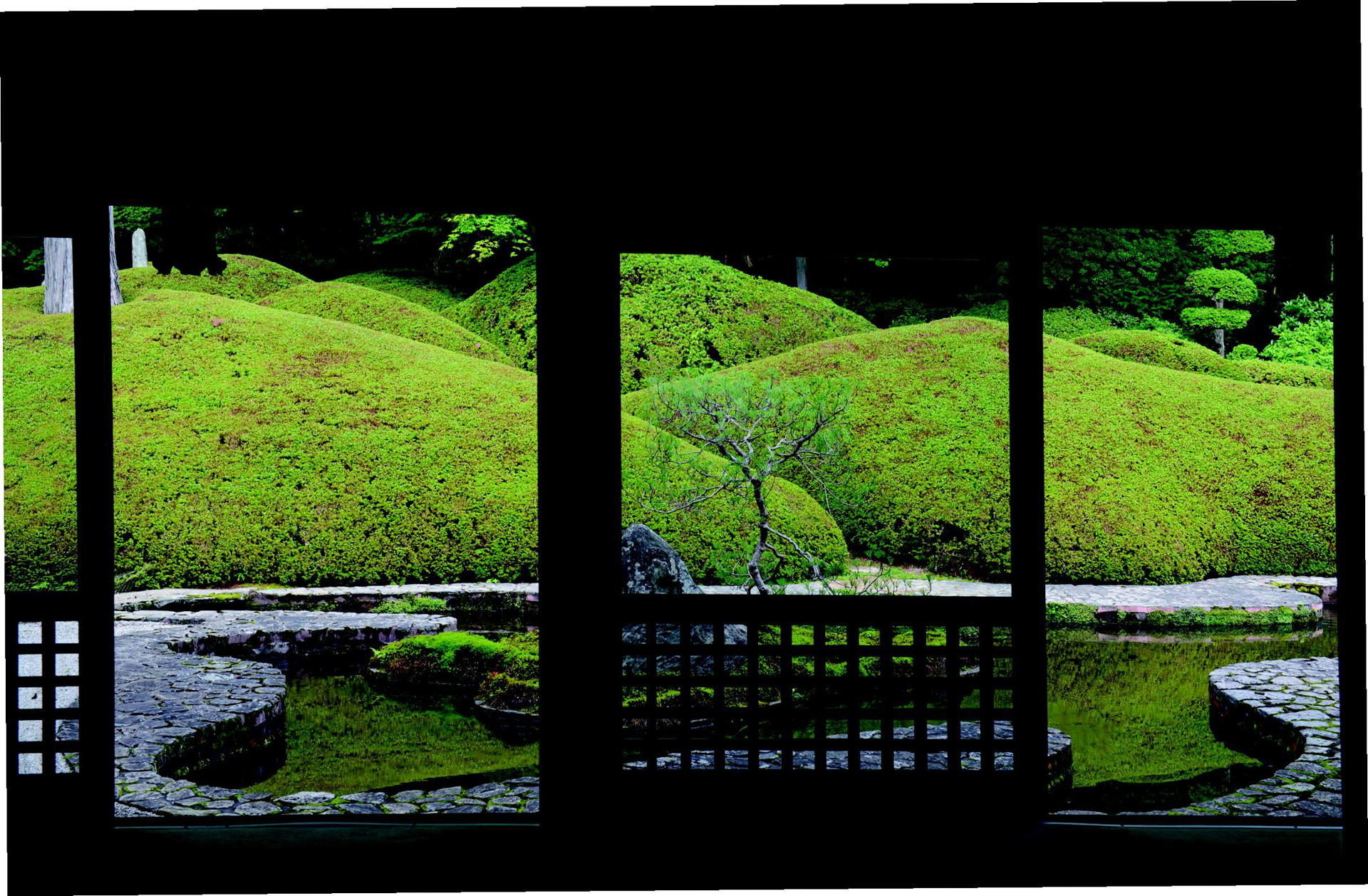
The Japanese garden is not merely a garden – it is a spiritual landscape, layered with cultural and religious references. Rooted in philosophies such as Shinto, Buddhism and Daoism, these gardens have evolved over millennia, maintaining a deep reverence for nature, simplicity and balance.
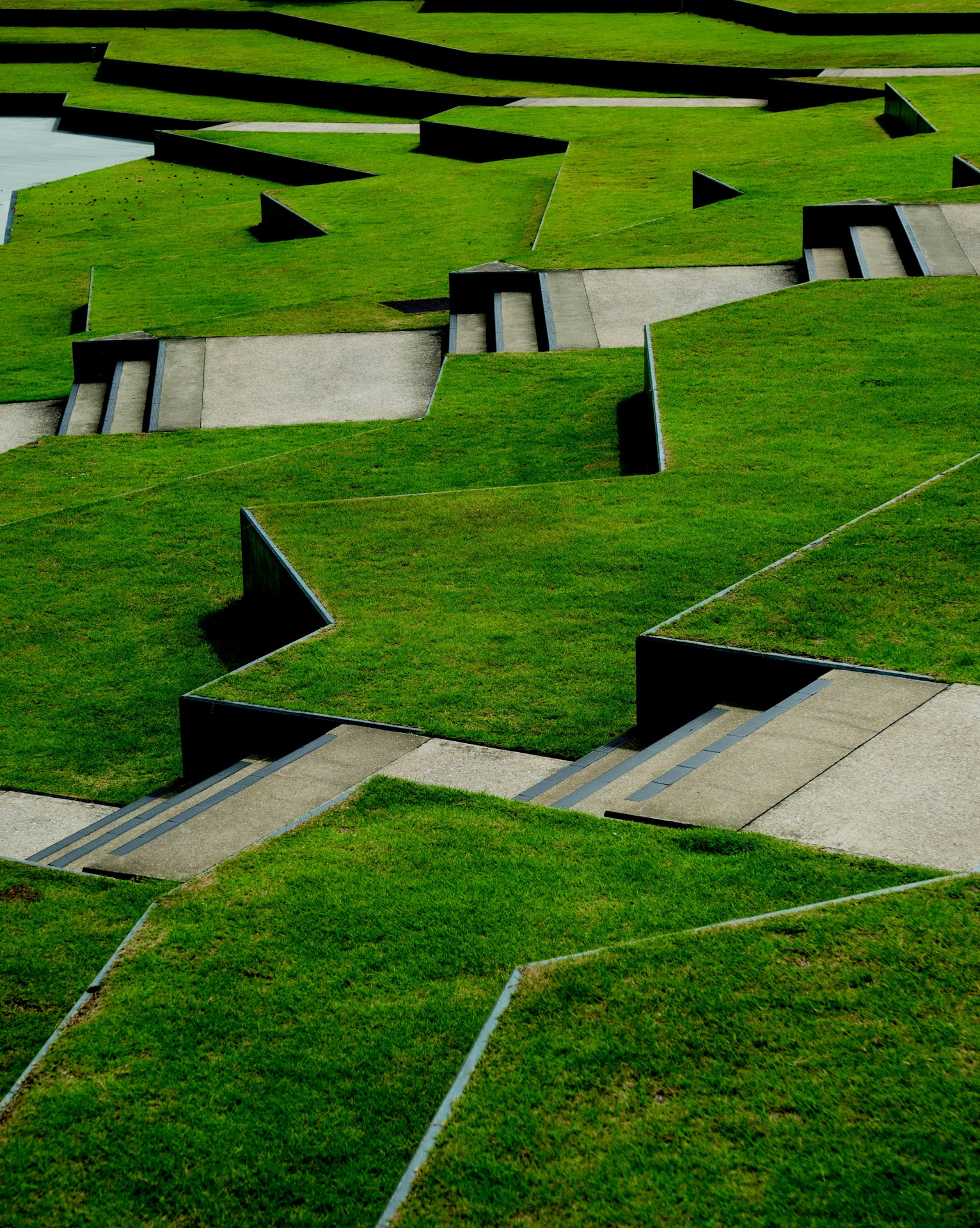
Angled greenery intended to refresh students as they approach Kyushu Sangyo University’s main buildings.
A new book from Thames & Hudson, The Modern Japanese Garden by Stephen Mansfield, offers a survey of this evolution. It brings together gardens across Japan, from influential landscapes to smaller projects. Rich photography is accompanied by profiles of the gardens and their designers.
In the Kamakura and Muromachi periods (1185-1573), the rise of Zen Buddhism brought an emphasis on simplicity and meditation to Japanese gardens; this minimalist approach crystallised in the ‘imperfect’ wabi-sabi aesthetic. In the Edo period (1603-1868), designers began to create more elaborate strolling gardens – carefully-composed scenes to be discovered step by step – precursors to the gardens of the modern Meiji era.
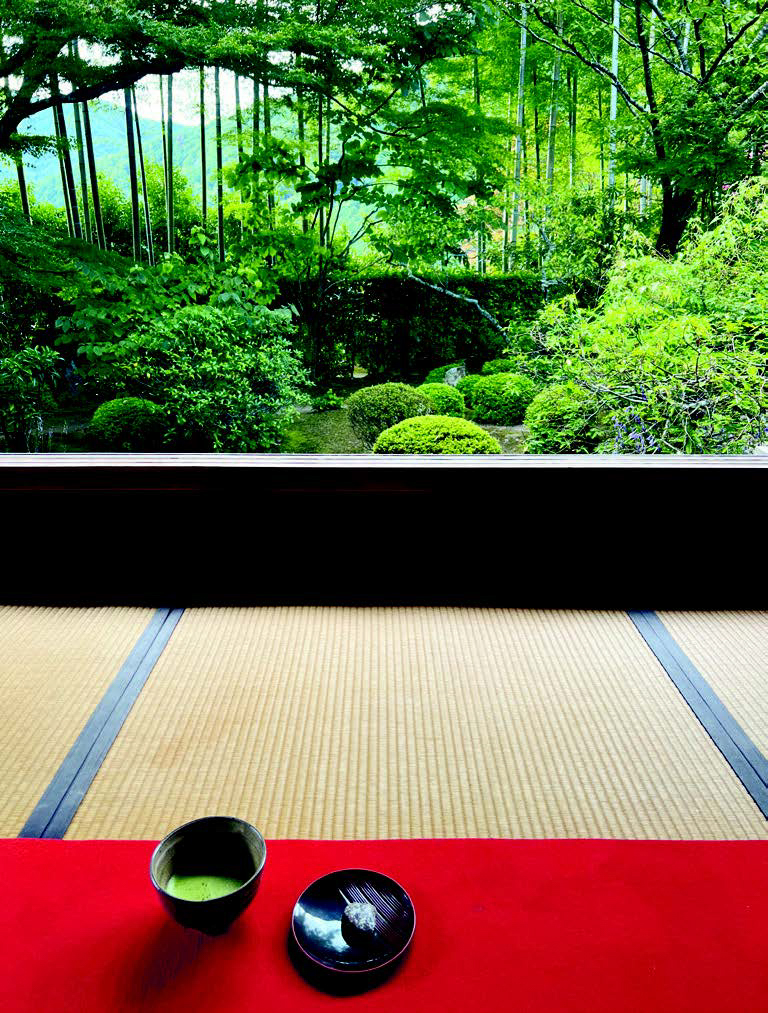
Powdered green tea at Hosen-in, a temple in Ohara.
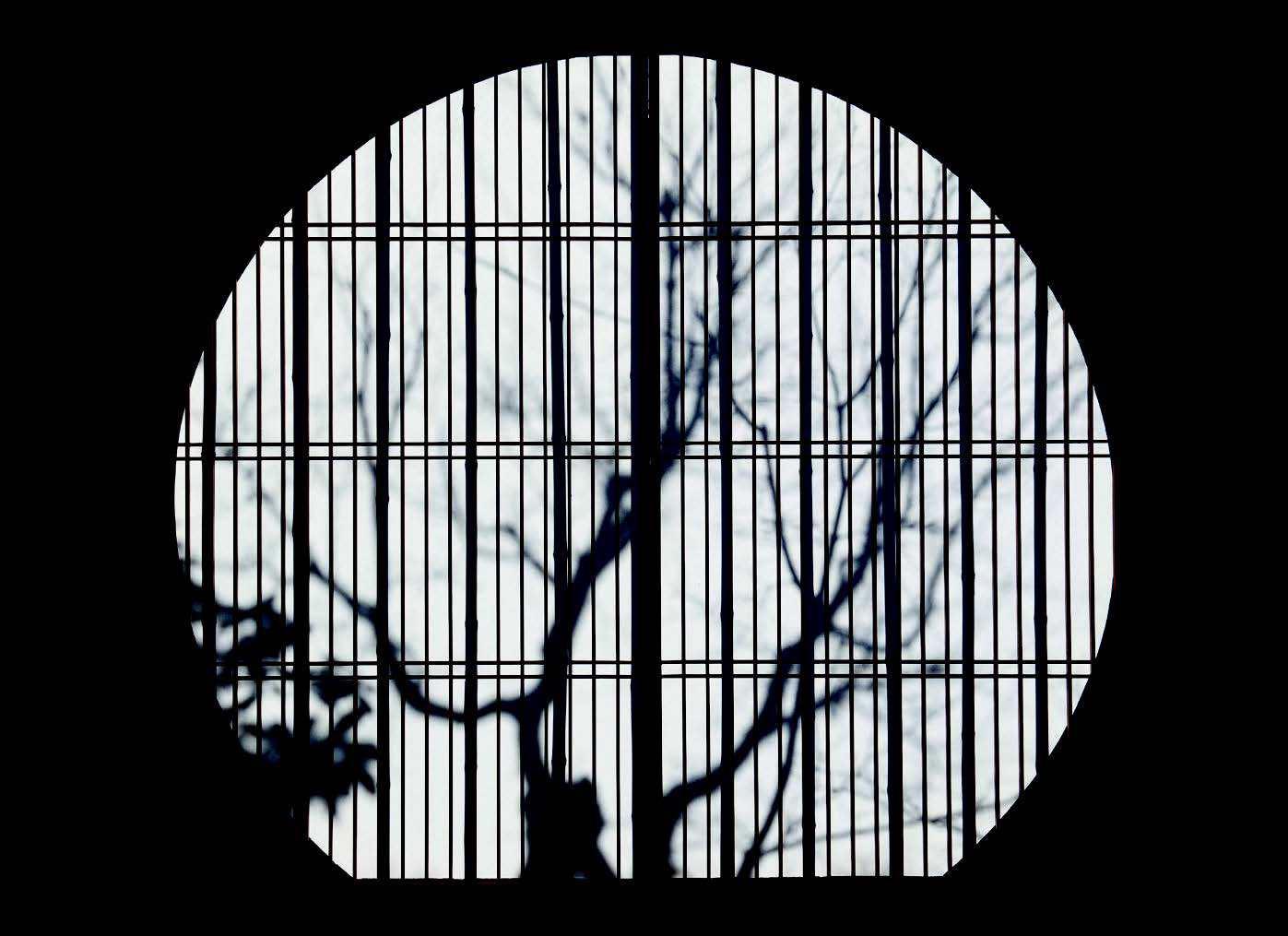
A circular marumado (moon window)
The Modern Japanese Garden focuses on the period from 1900 to the present, and is broadly divided into two sections: pre- and post-1945. Many Japanese gardens were destroyed during the Second World War, and the postwar era saw design reimagined as a form of cultural restoration and healing. Modern Japanese garden designers sought to harmonise tradition with modernity This period also marked the export of Japanese garden aesthetics to the rest of the world; by the end of the 20th century, the principles of these spaces had seeped into landscape gardening everywhere.
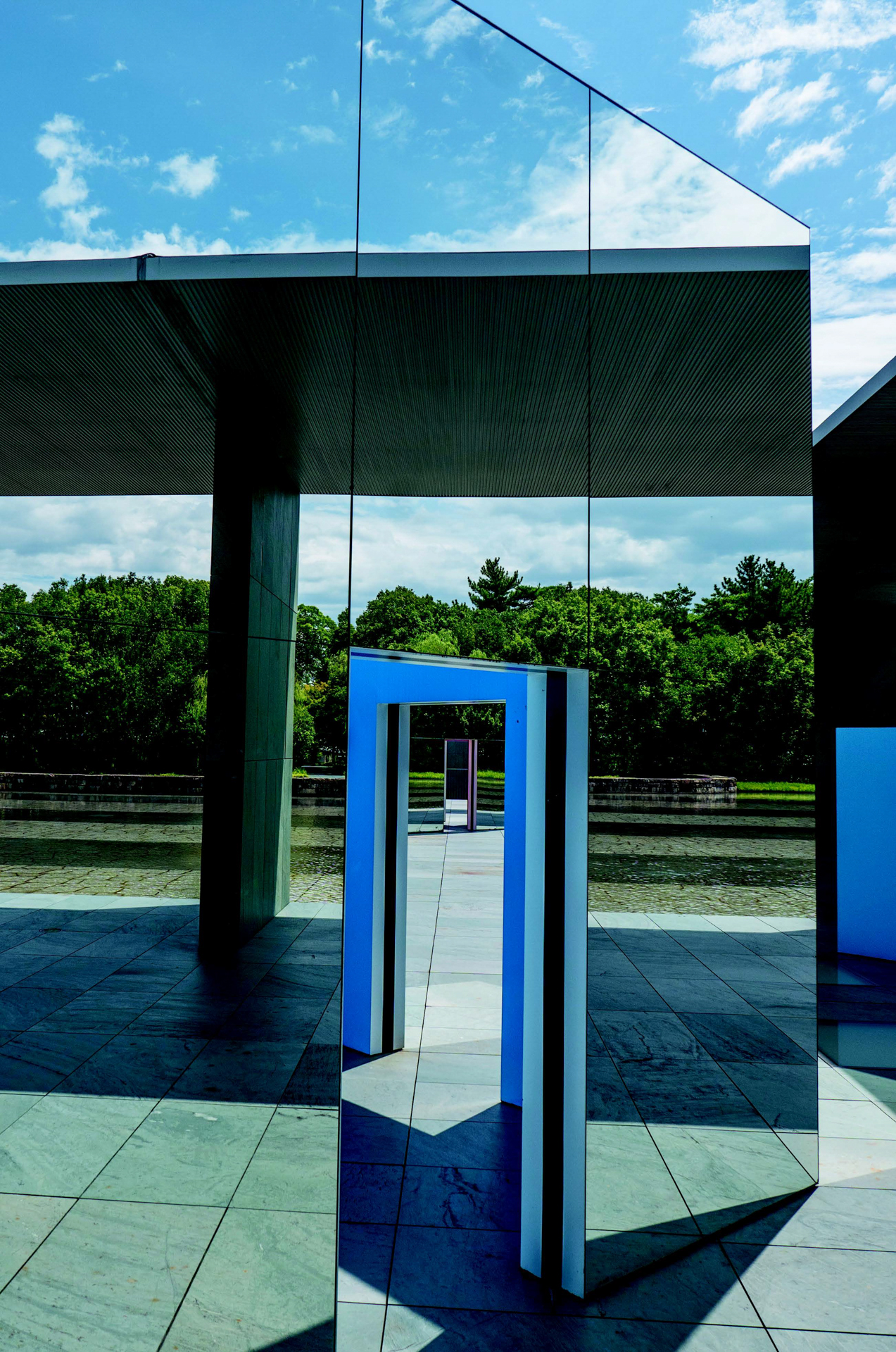
Toyota City Museum of Art
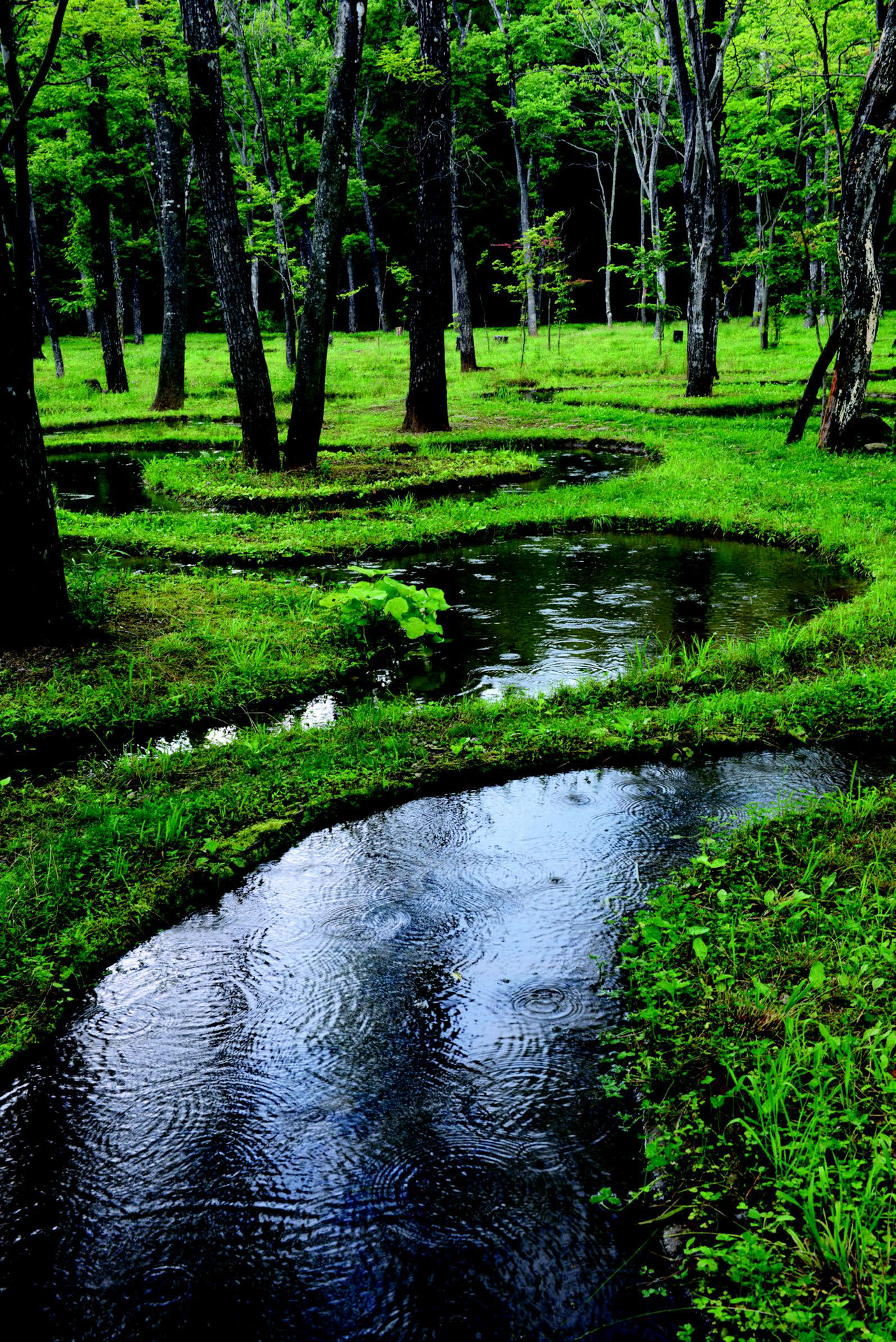
Art Biotop Water Garden
At the heart of the Japanese garden are some enduring principles: harmony, simplicity and a respect for the natural world. Every element serves a purpose: stones and rocks represent mountains or islands. Water symbolises purity and life, while gravel and sand, used most notably in Zen gardens, are raked into patterns representing rivers, clouds or energy. Plant species such as pine, maple, bamboo and moss are selected for their seasonality, form and vernacular significance, while elements such as stone lanterns, bridges, gates and tea houses support principles of the strategic use of empty space and an intentional lack of symmetry.
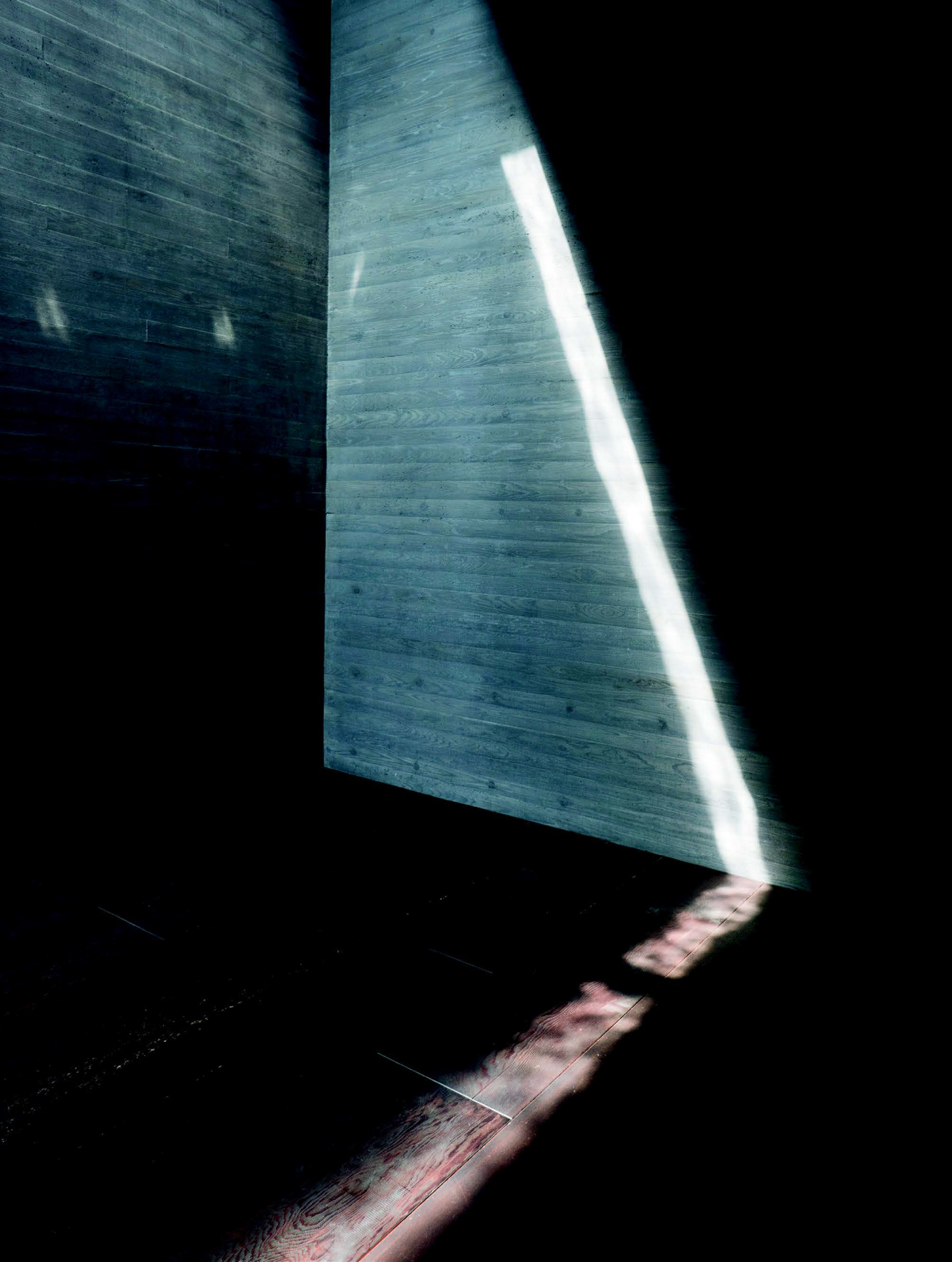
One of the lower galleries at Sagawa Art Museum, Shiga.
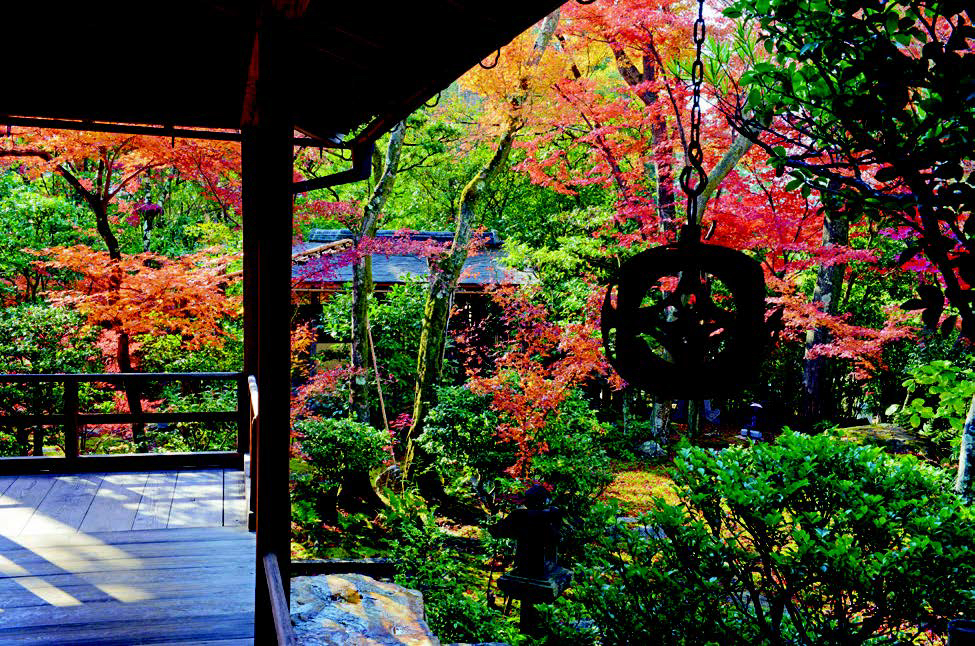
Tea garden, Daiho-in, Kyoto.
Through its exploration of gardens old and new, The Modern Japanese Garden reveals how these elegant spaces offer calm and reflection in a world whose pace is ever-increasing.
Receive our daily digest of inspiration, escapism and design stories from around the world direct to your inbox.
Anna Solomon is Wallpaper’s digital staff writer, working across all of Wallpaper.com’s core pillars. She has a special interest in interiors and curates the weekly spotlight series, The Inside Story. Before joining the team at the start of 2025, she was senior editor at Luxury London Magazine and Luxurylondon.co.uk, where she covered all things lifestyle and interviewed tastemakers such as Jimmy Choo, Michael Kors, Priya Ahluwalia, Zandra Rhodes, and Ellen von Unwerth.
-
 Usher opens up about breakfast playlists, banana pudding and why a glass tumbler is always on his rider
Usher opens up about breakfast playlists, banana pudding and why a glass tumbler is always on his riderOn the heels of a collaboration with Baccarat, the Grammy-winning singer-songwriter breaks down his entertaining tips. 'Hosting is an expression of how you feel about your guests and also who you are.'
-
 The beauty trends that will define 2026, from ultra-niche fragrances to anti-ageing dental care
The beauty trends that will define 2026, from ultra-niche fragrances to anti-ageing dental careAs we enter the new year, we speak to experts in fragrance, skincare, aesthetics, wellness and more about the trends that will be shaping the way we look
-
 The most stylish hotel debuts of 2025
The most stylish hotel debuts of 2025A Wallpaper* edit of this year’s defining hotel openings. Design-led stays to shape your next escape
-
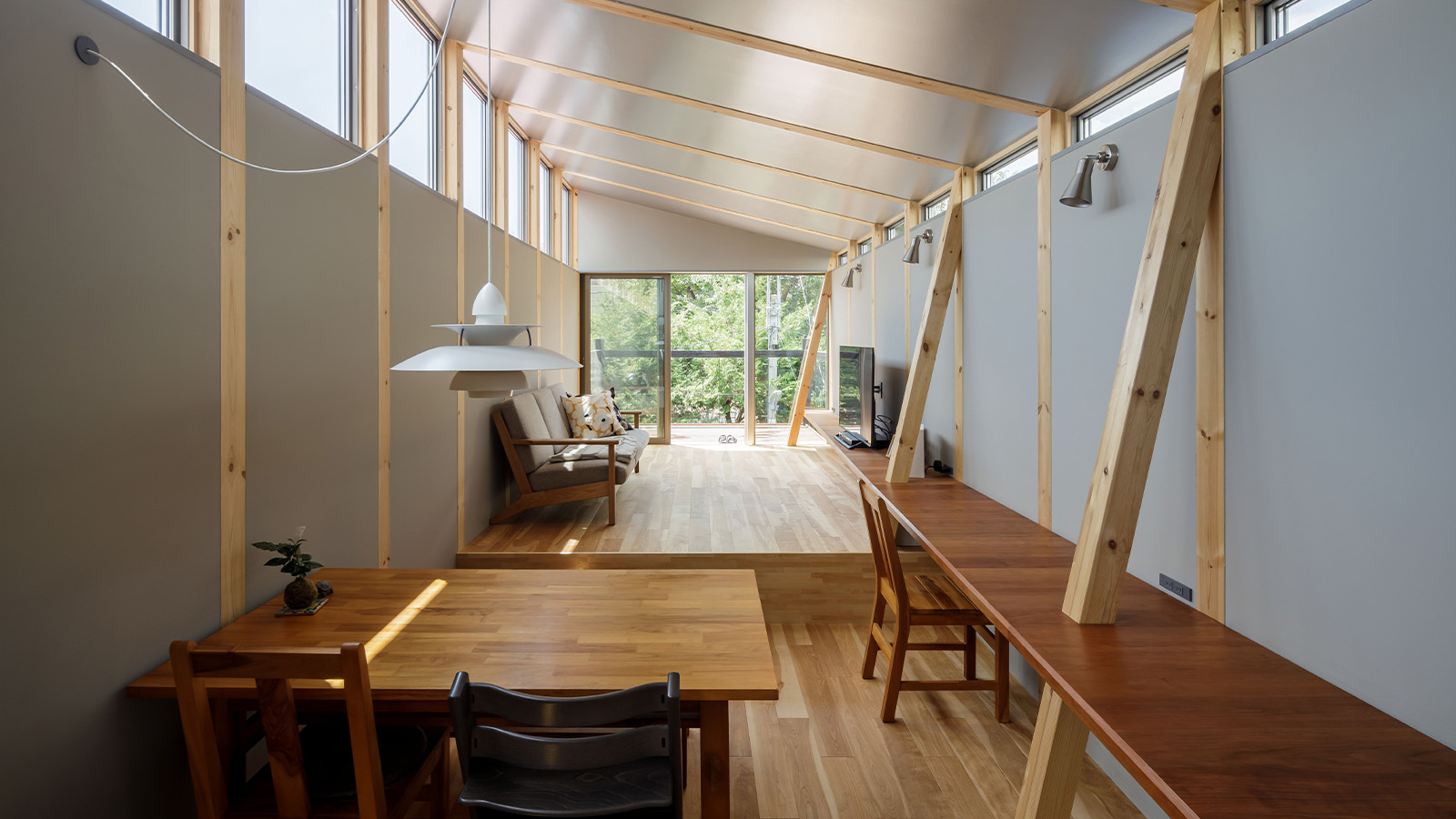 This Fukasawa house is a contemporary take on the traditional wooden architecture of Japan
This Fukasawa house is a contemporary take on the traditional wooden architecture of JapanDesigned by MIDW, a house nestled in the south-west Tokyo district features contrasting spaces united by the calming rhythm of structural timber beams
-
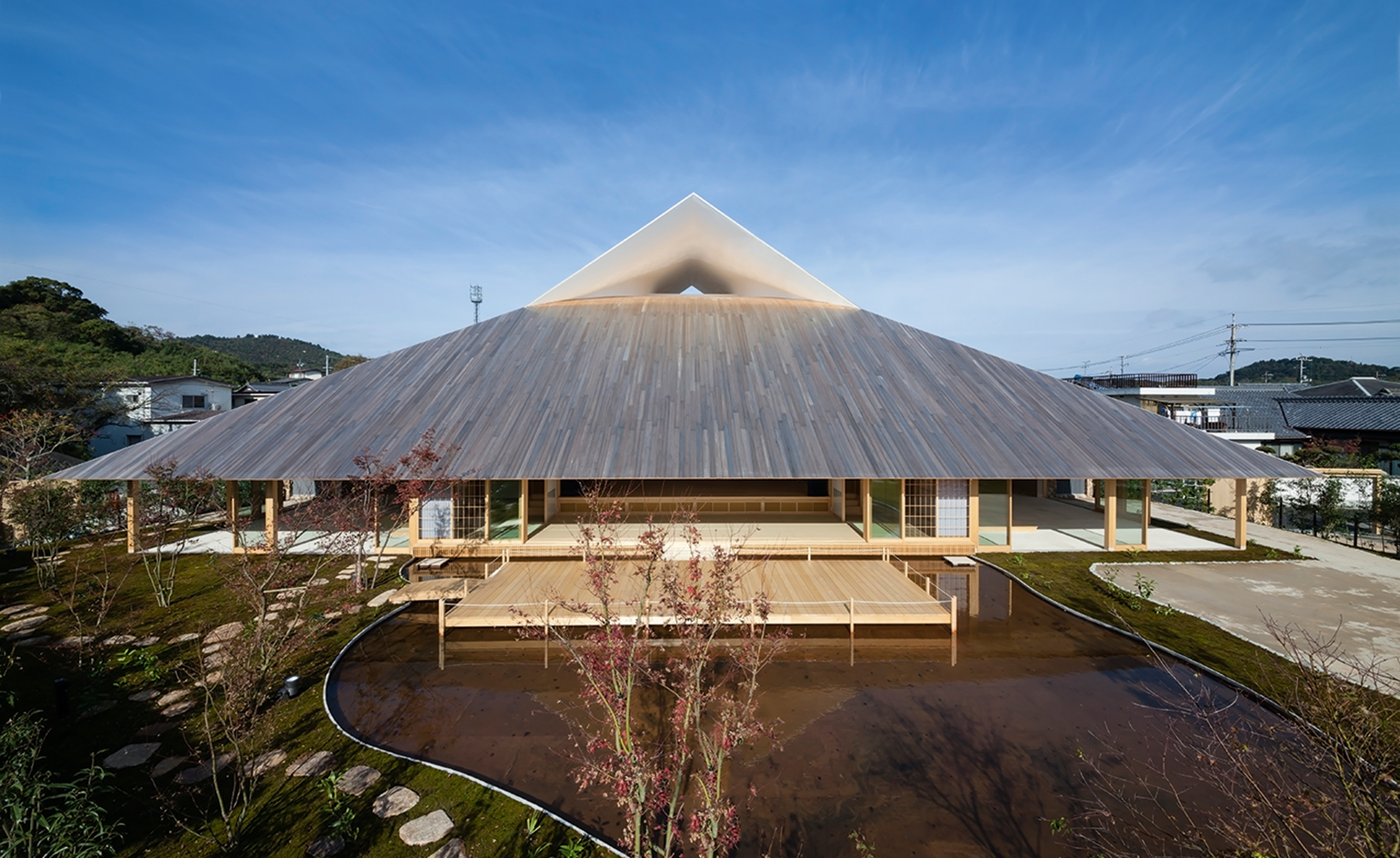 Take a tour of the 'architectural kingdom' of Japan
Take a tour of the 'architectural kingdom' of JapanJapan's Seto Inland Sea offers some of the finest architecture in the country – we tour its rich selection of contemporary buildings by some of the industry's biggest names
-
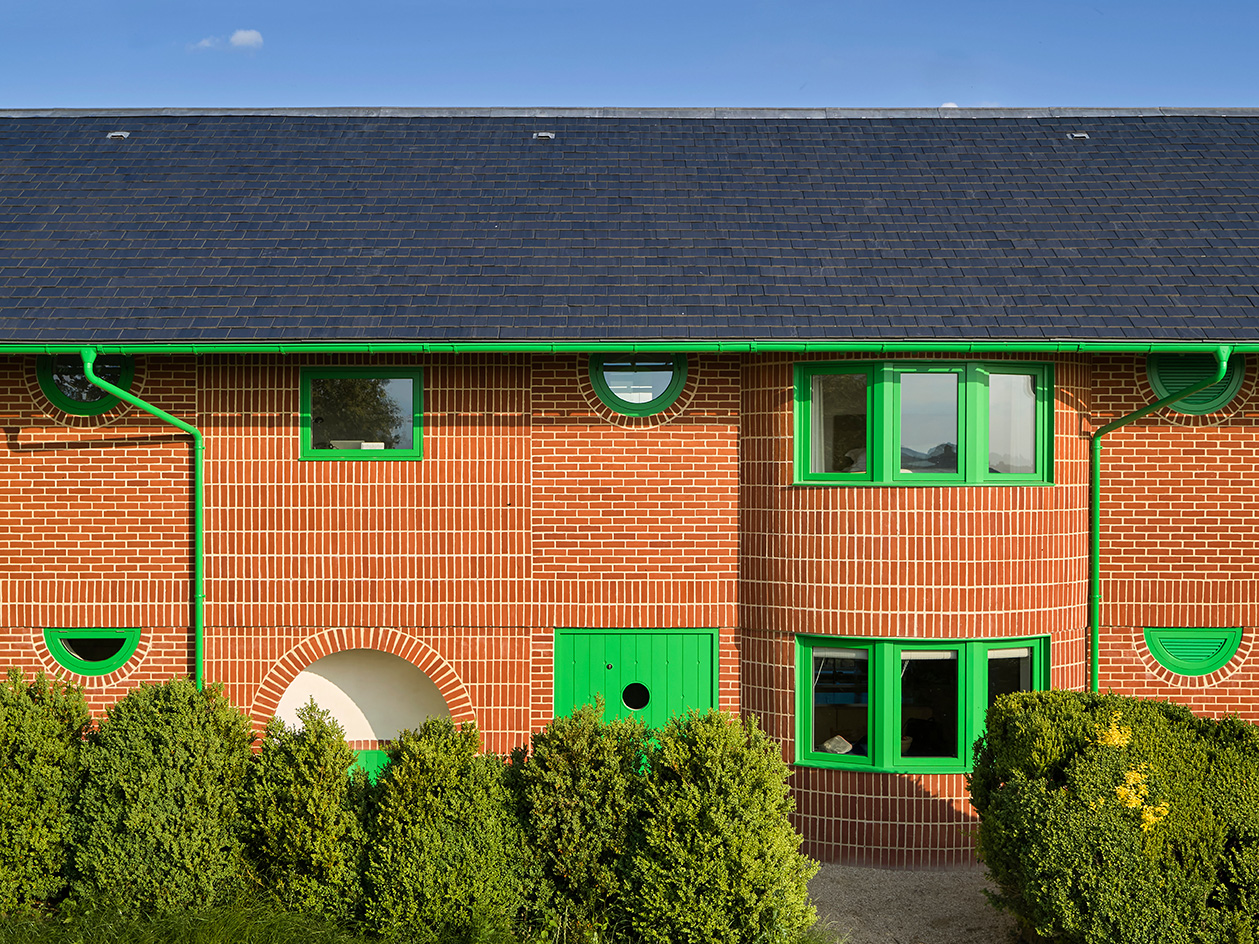 David Kohn’s first book, ‘Stages’, is unpredictable, experimental and informative
David Kohn’s first book, ‘Stages’, is unpredictable, experimental and informativeThe first book on David Kohn Architects focuses on the work of the award-winning London-based practice; ‘Stages’ is an innovative monograph in 12 parts
-
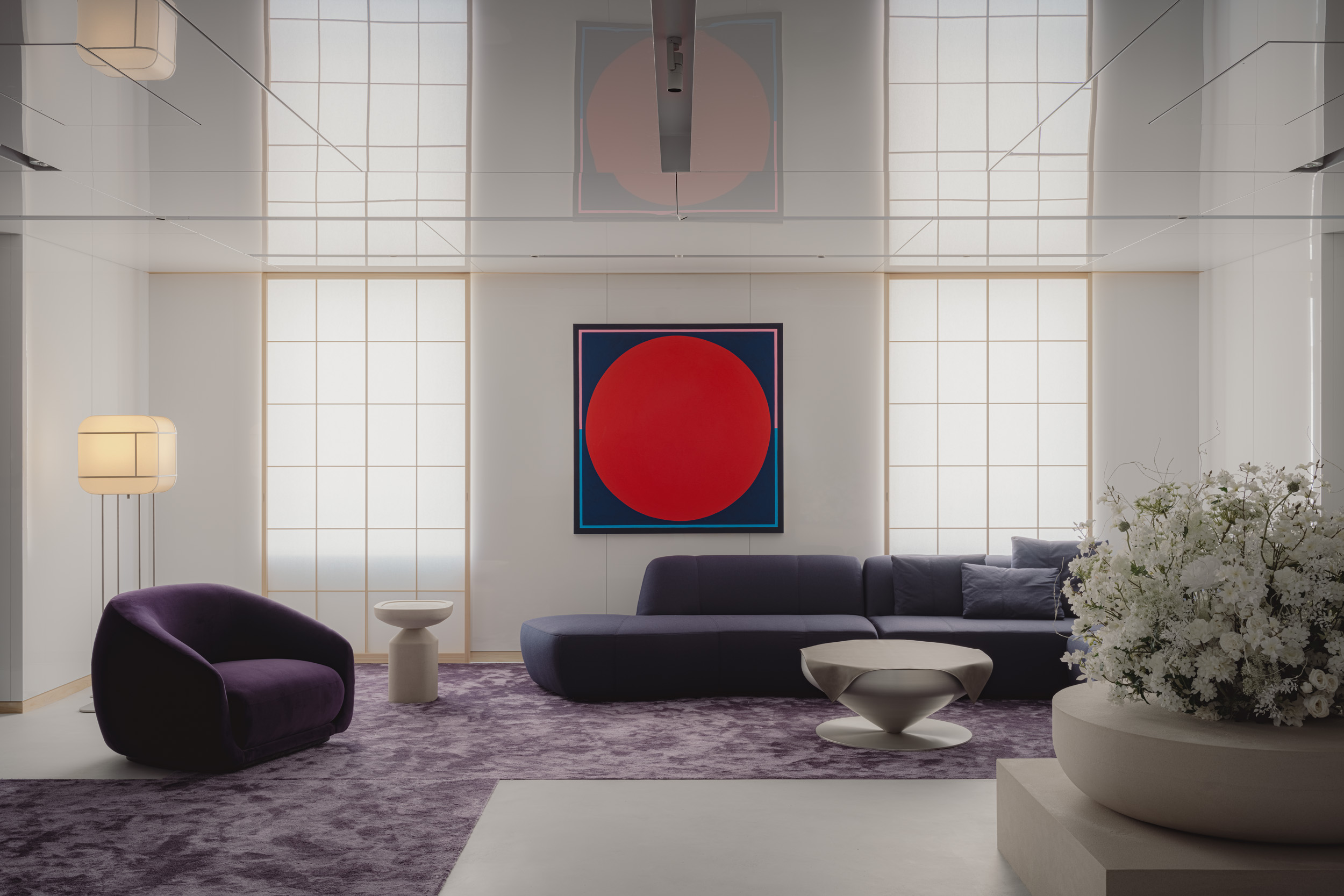 Matsuya Ginza lounge is a glossy haven at Tokyo’s century-old department store
Matsuya Ginza lounge is a glossy haven at Tokyo’s century-old department storeA new VIP lounge inside Tokyo’s Matsuya Ginza department store, designed by I-IN, balances modernity and elegance
-
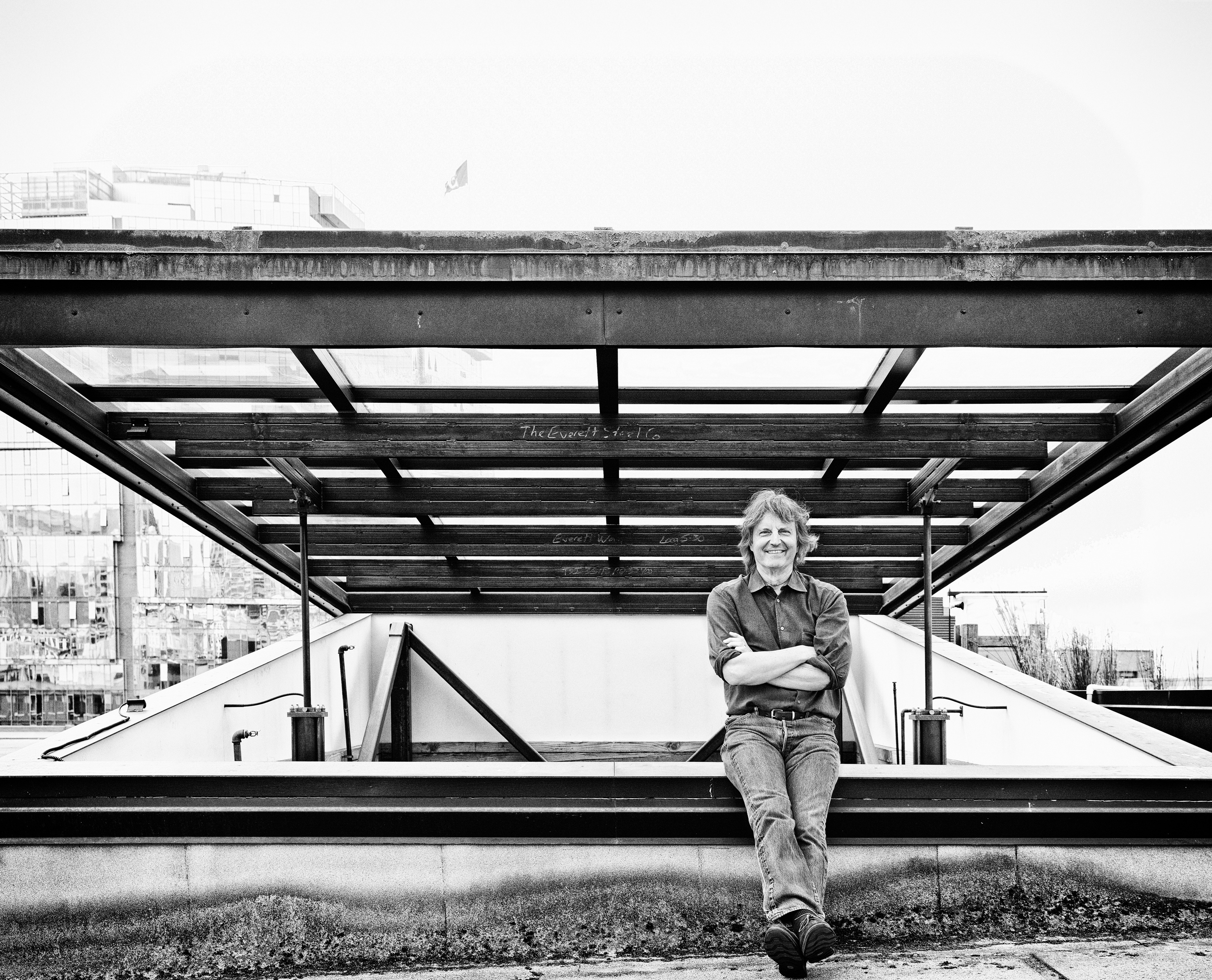 Explore Tom Kundig’s unusual houses, from studios on wheels to cabins slotted into boulders
Explore Tom Kundig’s unusual houses, from studios on wheels to cabins slotted into bouldersThe American architect’s entire residential portfolio is the subject of a comprehensive new book, ‘Tom Kundig: Complete Houses’
-
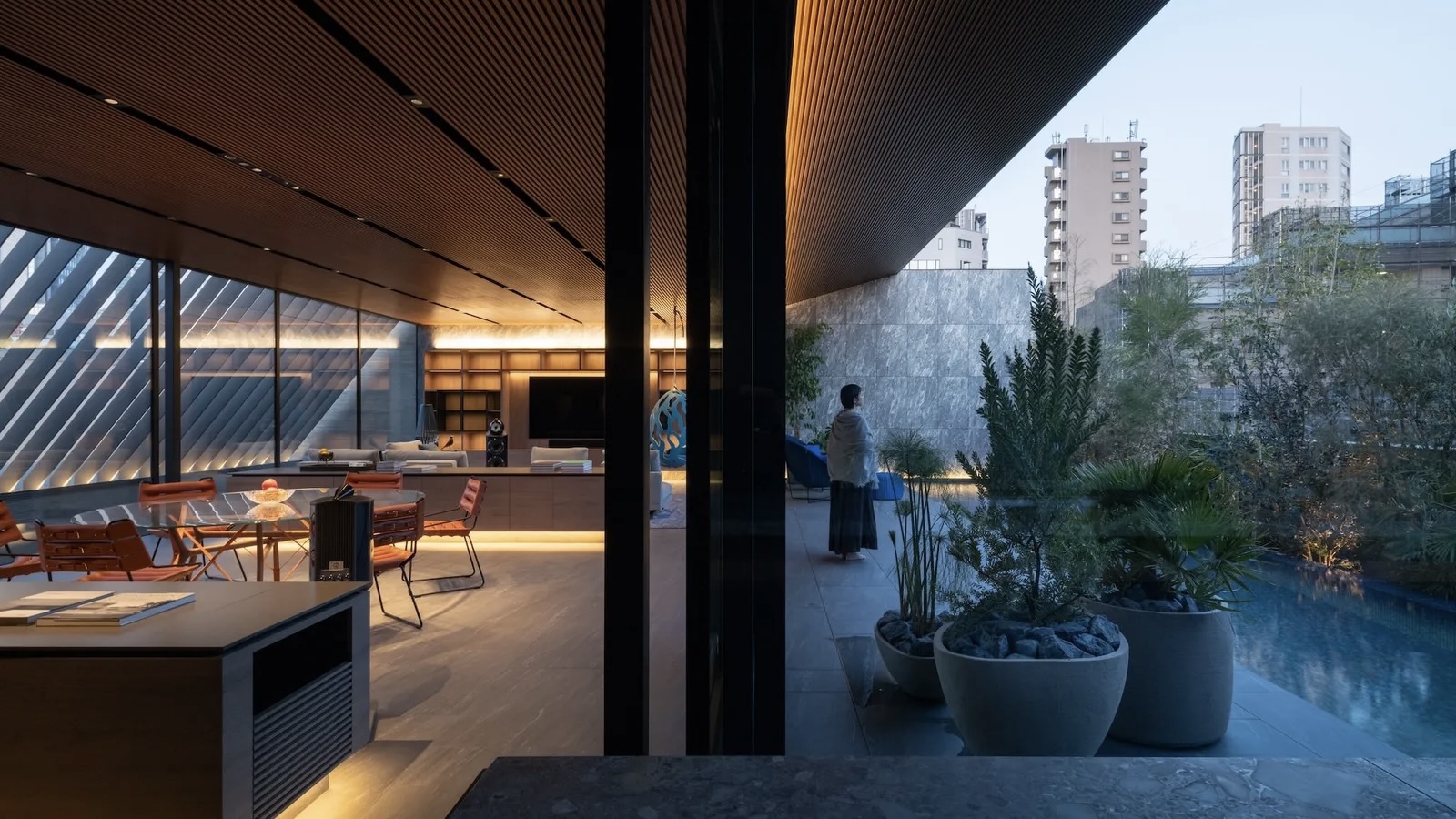 The Architecture Edit: Wallpaper’s houses of the month
The Architecture Edit: Wallpaper’s houses of the monthThis September, Wallpaper highlighted a striking mix of architecture – from iconic modernist homes newly up for sale to the dramatic transformation of a crumbling Scottish cottage. These are the projects that caught our eye
-
 Utopian, modular, futuristic: was Japanese Metabolism architecture's raddest movement?
Utopian, modular, futuristic: was Japanese Metabolism architecture's raddest movement?We take a deep dive into Japanese Metabolism, the pioneering and relatively short-lived 20th-century architecture movement with a worldwide impact; explore our ultimate guide
-
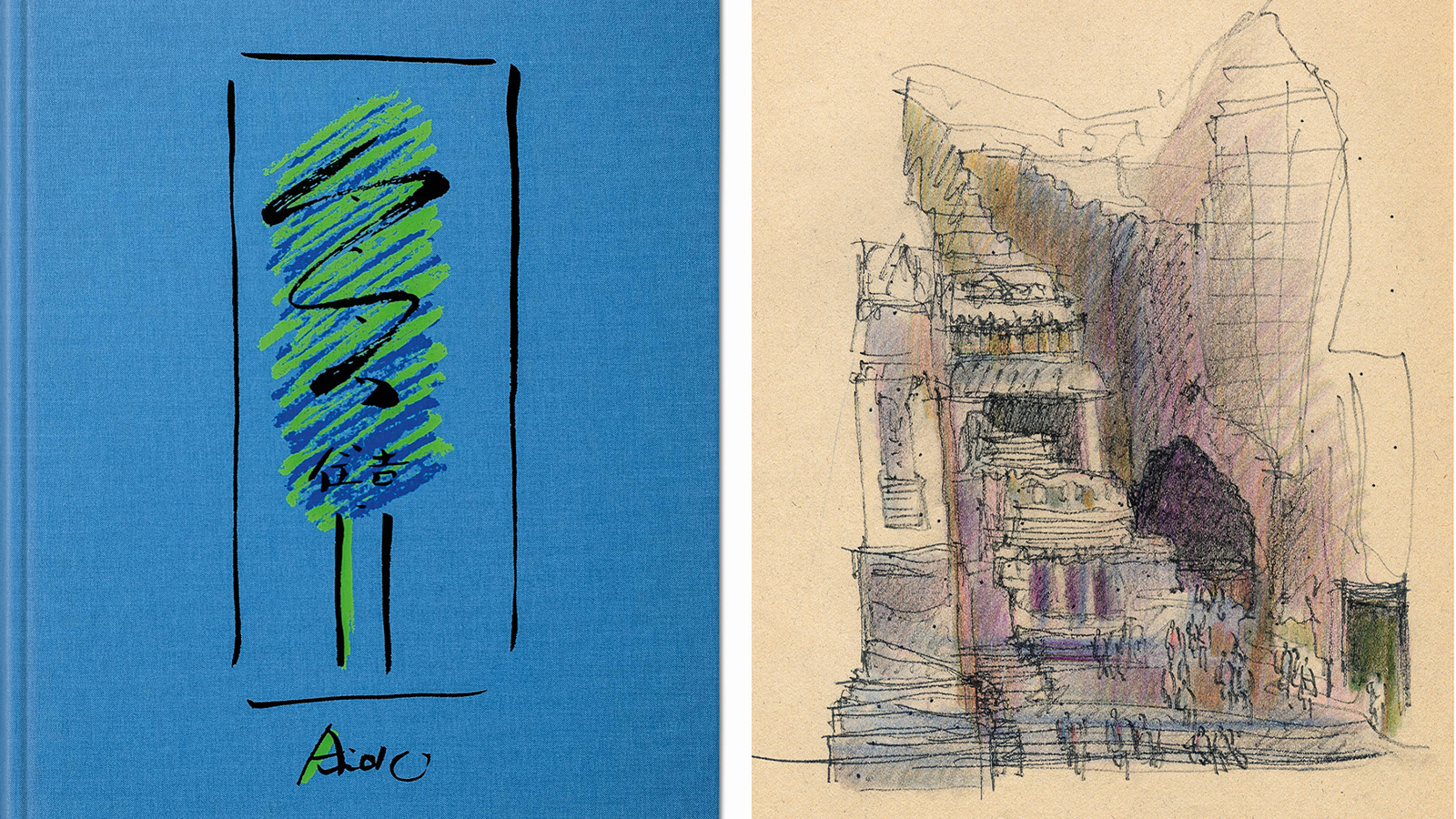 A new Tadao Ando monograph unveils the creative process guiding the architect's practice
A new Tadao Ando monograph unveils the creative process guiding the architect's practiceNew monograph ‘Tadao Ando. Sketches, Drawings, and Architecture’ by Taschen charts decades of creative work by the Japanese modernist master
